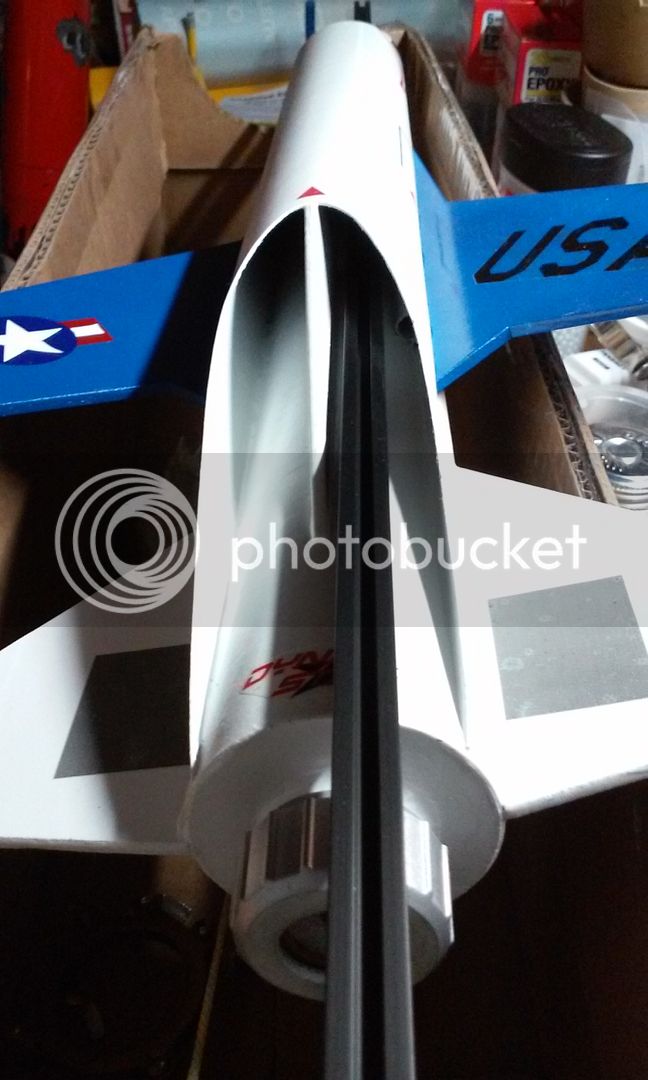I have read every post an thread I could find regarding this, and still don't fully understand the technique. I did an initial experiment on a spare piece of wood and the results are... well, I'd say "fair", but I still really feel like I don't know what I'm doing. I liked the overall "feel" of the technique, as the label paper went of perfectly flat very easily, so I'd like to figure out how to do it correctly.
Here are some specific questions:
Anyway, if anyone could lay out the steps to how this is supposed to go, I'd sure appreciate it (pictures would obviously be great but I'll take anything).
Thanks!
Here are some specific questions:
- How do you handle rounded edges (leading and trailing). Do you wrap the paper around the edge, or just leave the edge uncovered and seal it with CA? Do you round the edges before or after papering?
- How do you handle the root edge? I was thinking to leave a bit of space near the edge (maybe 1/16" or so) for the fillets to adhere to; doesn't seem to be any reason to extend the paper all the way to the root edge. In that case I don't know if it's necessary to seal that edge at all, since it'll be covered (eventually) by Titebond M&T.
- Do you "sand off" the extra paper on the edges, or cut them precisely to fit? The "sanding off" technique seems to be a part of the technique when using ordinary printer paper, but I can't tell if it applies here.
- When CAing the edges, exactly how far up the paper to you go? Do you literally just run the CA along that actual paper/wood seam or soak the paper a bit above the seam?
Anyway, if anyone could lay out the steps to how this is supposed to go, I'd sure appreciate it (pictures would obviously be great but I'll take anything).
Thanks!












